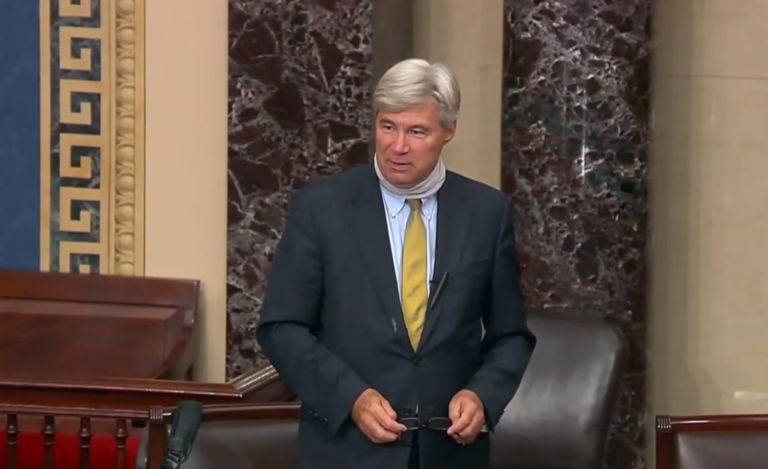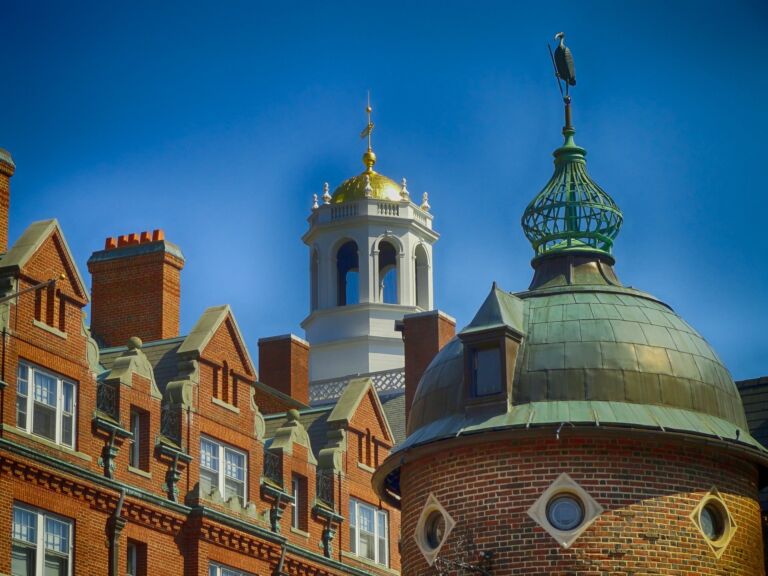This week the John Locke Foundation worked with the environmental advocacy group NC WARN to cosponsor a forum on the benefits of increased competition in providing electricity to North Carolinians.
I provided introductory remarks at the forum, as did NC WARN chief executive officer Jim Warren. Panelists included David Schnare, senior fellow for energy and environment at the Thomas Jefferson Institute for Public Policy; Shawn LeMond, managing partner of the Sustainable Energy Community Development Company; Satana Deberry, executive director of the N.C. Housing Coalition; and Mark Cooper, senior research fellow for economic analysis at the Vermont Law School Institute for Energy and Environment.
The entire forum may be viewed here. What follows is an expansion of my introductory remarks, organized around what I was calling the Four P’s of Electricity Competition.
Prices. As shown in this graph from my 2013 report "Power to the People" on SB 3, the 2007 law that saddled North Carolina ratepayers with renewable energy portfolio standards (RPS) and Construction Work in Progress (CWIP), retail electricity prices in North Carolina were declining in the 1990s, began rising at the turn of the century, and then after 2007 began to rise more steeply:

The crux of the issue is that people in North Carolina have no choice in electricity provision. They are captive ratepayers. They essentially have no say over who sells them electricity from where and for however much.
Their Effects on the Poor. Worse, consumers face this Hobson’s choice over what is a basic household necessity. Every household needs electricity. It isn’t a luxury purchase. Rich or poor, people are going to consume electricity every day, and the more expensive it is, the bigger the bite it takes from ratepayers.
Electricity being an inescapable need, its prices have a disproportionate impact on poor households. Another graph from my report shows this impact. As noted in the report, "A review of numbers from a recent study of energy cost impacts on households showed that U.S. households with annual incomes of $30,000 per year or less spent one-tenth to as much as one-third (for the poorest households) of their after-tax income on electricity":

Note also that this impact is growing. What that means is that electricity prices are making it increasingly difficult for the poor to meet other household needs. As electricity’s share of take-home pay crowds out other purchases, the poor especially are losing buying power.
As I wrote in my report, in answer to the statutory justification of SB 3 to "reliably meet the energy needs of consumers,"
consumers’ energy needs are not at all limited to power at the flip of a switch. What that power costs them — the price to heat and cool their homes, power their lights, cook their food, refrigerate their perishables, heat their water, power their electronics, etc. — is a significant part of the equation. Consumers’ energy needs include electricity that is as inexpensive as is practicable. (Emphasis in original.)
Under this fundamental approach, of course, the rate is the issue, not the generating source.
What People Want. Last year saw the release of two polls that asked North Carolinians their opinions about energy issues. One poll was by the North Carolina Sustainable Energy Association, and the other was by the John W. Pope Civitas Institute. Though the polls seemed to stand in contrast with each other, I showed in a previous newsletter how similar their findings were.
What we can glean from those polls include the following:
- Most people think electricity is too expensive and that people are being made to pay more than necessary (in other words, electricity is not as inexpensive as practicable)
- Most people would support legislation to open opportunities for more competition
- Solar, wind, biomass, and also coal, nuclear, and gas each had the support of majorities of North Carolinians polled, for use to meet North Carolina’s energy needs — suggesting that what North Carolinians favor is simply tapping energy sources to meet energy needs
- North Carolinians want more choice over their electricity provision, but that doesn’t mean each individual household choice would necessarily be the least-cost option
- A solid minority of North Carolinians said they would voluntarily choose to purchase electricity generated by solar or wind even if it cost them more
Competitive Pressure. Bringing in more choice and competition in electricity would place downward pressure on prices and help yield that option of power as inexpensive as practicable.
How these choices would manifest themselves is an open question. The hallmark of competition is entrepreneurs continually striving, probing, seeking efficiencies, innovations, technological disruptions, etc. to win consumers.
To project from this moment in time the competitive disposition of the energy market even five to ten years from now would be as short-sighted as those who were confidently warning of "Peak Oil" while visionaries like George Mitchell were quietly — and ultimately successfully — experimenting with horizontal drilling and hydraulic fracturing.
With gas from horizontal drilling and hydraulic fracturing on the horizon now in North Carolina, one choice could be, for example, being able to purchase electricity from small generating plants from natural gas. Consider that, in January, a startup in Pennsylvania announced plans to build a series of small, 20-megawatt natural gas power plants there. The company, IMG Midstream, hatched the idea from learning of many small, shallow gas producers unable to get their gas to buyers.
IMG’s plan is to sell its power back to local utilities. "It’s similar to a farm-to-table concept," Ron Kiecana, a managing director at IMG, told the Pittsburgh Post-Gazette. "We want to keep the gas in the community and generate it for local consumption."
Given North Carolina’s own prospects for shale gas and development, it wouldn’t be hard to imagine a similar idea here — or for that matter, one that could sell directly to consumers if third-party sales were allowed, which would be even more similar to farm-to-table.
The same could go for other small-scale, on-site generation, not just natural gas but also, where feasible, solar, wind, even biomass. There are, as panelists described, issues of proper pricing that would need to be worked out in those scenarios. Those discussions would be welcome, however, given the potential benefit to consumers of the market expansion they would foreshadow.
Furthermore, as discussed above, other new technologies and "disruptive innovations" that would benefit consumers should not be effectively blocked by a monopoly model of electricity.
Increasing competition must go hand-in-glove with this principle, however: no subsidies and no mandates. Generating sources must be able to stand on their own. As I wrote in a blog post discussing an article in The Economist about solar becoming more cost-competitive, "Energy competition is good, and subsidies aren’t":
Subsidies stifle innovation, because they shelter the subsidized from the buffeting winds of competition. If you know you’re going to "succeed" no matter what, then even more than the hare in the famous fable, you’re going to fall asleep in the race. …
So instead of being propped up by subsidies, solar needs to be pushed by cheap natural gas. And natural gas needs to be pushed by price-competitive solar energy. Other energy sources need these competitors to increase in strength as well. Because it’s through price competition, not government crutches, that these industries grow stronger — and consequently, that a basic household necessity like electricity becomes more affordable so that people have more disposable income to meet other needs.
To be viable, then, either generating sources must be price-competitive, or they should fill a particular consumer preference. Broadening consumer choice obviously helps consumers by allowing them to choose lower-cost options and thereby pressuring providers to compete along those lines, but choice also implies letting consumers decide according to their own particular values. A monopoly system, however, prevents choice itself, whether for a least-cost option, boutique provider, or anything in between.
Click here for the Rights & Regulation Update archive.
You can unsubscribe to this and all future e-mails from the John Locke Foundation by clicking the "Manage Subscriptions" button at the top of this newsletter.


